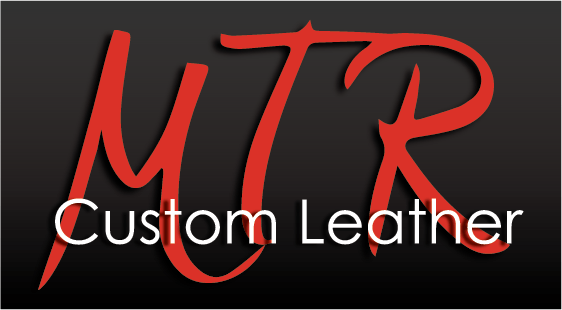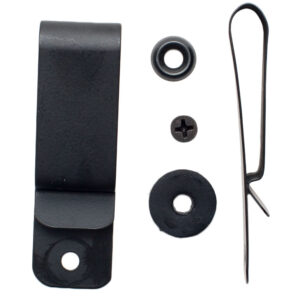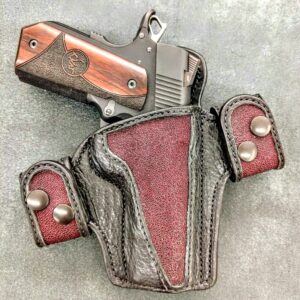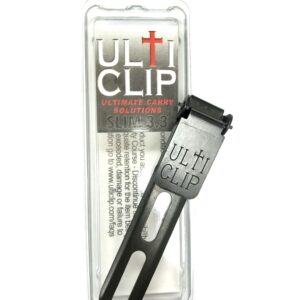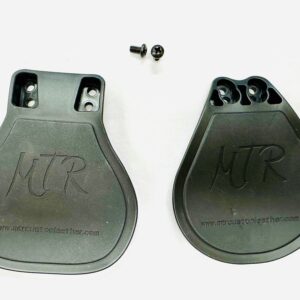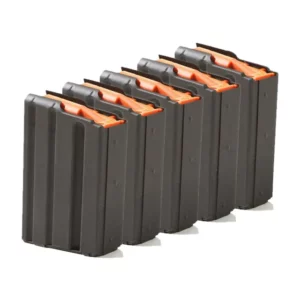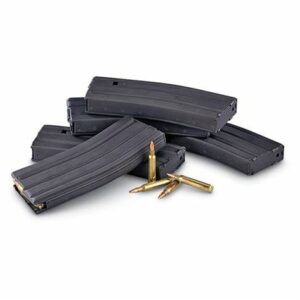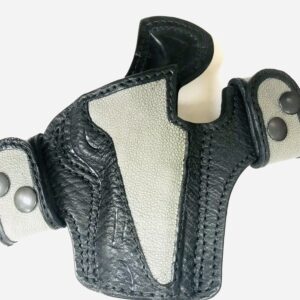Types of Leather-Part One from MTR Custom Leather
There are so many incredible types of leather available. Each has it’s own unique qualities that will benefit different project types or working styles.
The types of leather available include full grain, top grain, genuine, bicast, and bonded. Leather finishes include aniline, semi-aniline, brush-colored, degrained, die-cut, embossed, embroidered, handworked, metallic, nappa, nubuck, oily, patent, pigmented, printed, split, suede, and waxy.
It’s important to choose the right leather for your project to help ensure a great result. Let’s get familiar with all the different types.
Types of Leather

Leather Pieces & Swatches
Types of leather can be broken down into several different categories. We can look at the types of cuts, leather qualities, leather grades, leather finishes, types of leather by animal, types of leather with fur, even types of faux and vegan leather. There are some major differences between them.
Some of the variations are due to the manufacturing process. Some are due to the finishing process. Others are based on the type of animal hide, and yet others are how the leather is cut. We’ll dive into each of them in more detail.
The “5 Types of Leather”
While there are many types of leather, often, folks will be curious about the “5 types of leather”. What they are generally referring to are the volume and layers of the original hide that are still present in the end product. These are full grain, top grain, genuine, split grain, and bonded leather, and much detail about each will be shared.
The material quality and characteristics vary based on from where in the hide the finished leather comes from. Leather quality can also be influenced by many, many factors. These can include the breed of animal, climate they lived in, food they are fed, and amount of exercise they had. Hides are a natural material, and thus, highly impacted by the life of the animals that they come from.
Leather quality can also be affected by the meatpacking, tanning, and finishing processes utilized during production. Along with the leather grades consumers are familiar with, we’ll look into leather grades the tanners use when evaluating hides coming from the meatpackers.
What is a Leather Hide?
Great! Let’s start here. The leather hide is the skin removed from an animal. Since it is a natural substance, it has unique characteristics and qualities that help it serve a purpose for the animal it was a part of.
It usually forms a protective barrier. This keeps the internal parts of the animal safe. It also, along with hair or fur, guards from external elements such as sun, water, abrasions, and other things in daily life. Here is a cross-section image showing the layers of a leather hide.

Leather Hide Cross-Section
It is made up of a few layers:
Leather Hide – The Grain
The grain is the outermost surface of the leather hide. It is comprised of tight, dense fibers. The grain is the layer that was exposed to the elements (air, rain, sun, etc.), and is usually very strong and smooth once the hair is removed.
Leather Hide – The Grain and Corium Junction
The grain and corium junction is where the tight, outer layer of the leather blends into the looser fibers of the corium. This junction is a mix of the very desirable grain layer, and the more fibrous and looser fibers of the corium layer.
Leather Hide – Corium
The corium is a layer within animal hides that is comprised mainly of collagen fibers. These are looser and more open than in the grain layer. Though, this layer is highly usable for producing leather. The corium is usually the thickest layer within an animal hide. Thus, after splitting a hide, parts of the corium might be present in either top grain or genuine leather products.
Leather Hide – Flesh
The flesh is the layer of the hide that consists mainly of muscle and fatty tissues. It is not very valuable for end leather uses. As such, leather is usually split to remove the layers above it, yielding useable material of different grades and qualities for the production of leather goods.
When considering grades and quality of leather, it’s key to understand how the leather is prepared, cut, and finished. Let’s look at the most common methods.
Source: Types of Leather: All Qualities, Grades, Finishes, & Cuts
